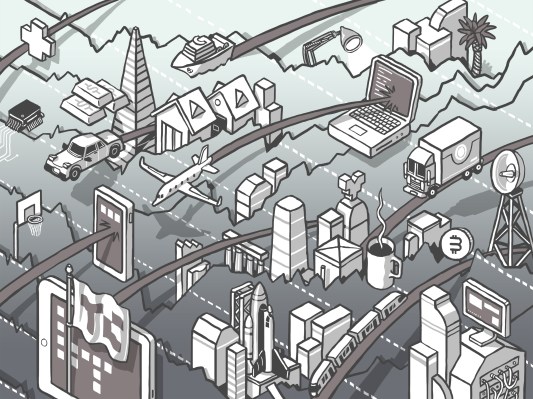Few companies caught as much of a COVID tailwind as U.S. grocery-delivery giant Instacart.
Reporting indicates Instacart’s 2020 revenues roughly tripled to around $1.5 billion. That epic pace of growth helped the company raise a series of large, high-priced financing rounds. In June 2020, Instacart raised $225 million at a $13.7 billion valuation. A month later, the company added another $100 million to that round.
Instacart was not done yet. The company raised another $200 million in October 2020, pushing its valuation up to $17.7 billion. Then, in March 2021, the company added another $265 million in private capital at a valuation of $38.7 billion. That’s a lot of money, and a lot of paper value creation in a very short period of time.
The Exchange explores startups, markets and money.
Read it every morning on TechCrunch+ or get The Exchange newsletter every Saturday.
Then things got a little bit harder for the company. The most recent reporting on the matter indicates that Instacart grew around 10% last year, though with more rapid, 20% growth on a year-over-year basis in the third quarter. This column asked around that time if competitors were cutting into the company’s growth rate. (We can infer that the company’s top line scaled to at least $1.65 billion last year, to put a number on it.)
 Competition is fierce in the grocery space, with Uber and DoorDash working to snag share, and rapid-fire delivery services taking swings at deliveries in the sub-hour time frame. Instacart, however, has a plan to get growth going again, likely boost its blended gross margins, and create a stream of recurring enterprise revenues apart from its best-known business operations.
Competition is fierce in the grocery space, with Uber and DoorDash working to snag share, and rapid-fire delivery services taking swings at deliveries in the sub-hour time frame. Instacart, however, has a plan to get growth going again, likely boost its blended gross margins, and create a stream of recurring enterprise revenues apart from its best-known business operations.
Yes, the company is getting into selling software.
Instacart’s platform play
Dubbed the Instacart Platform, this week the delivery unicorn announced a suite of services that it intends to sell on a modular or group basis to other companies.
The services offered include e-commerce support (digital tools to help grocers build and manage online stores), fulfillment help (Instacart delivery staff and new small warehouses to allow customers to handle super-quick deliveries), advertising tech (offering Instacart ad tech to partner digital retail efforts), analytics, and some in-store tech support.
It’s quite the list, but it’s mostly software services. And we know what that means: High-gross-margin recurring revenue from large customers. The sort of sticky revenue that is less cyclical than grocery delivery more generally, I’d also hazard.
